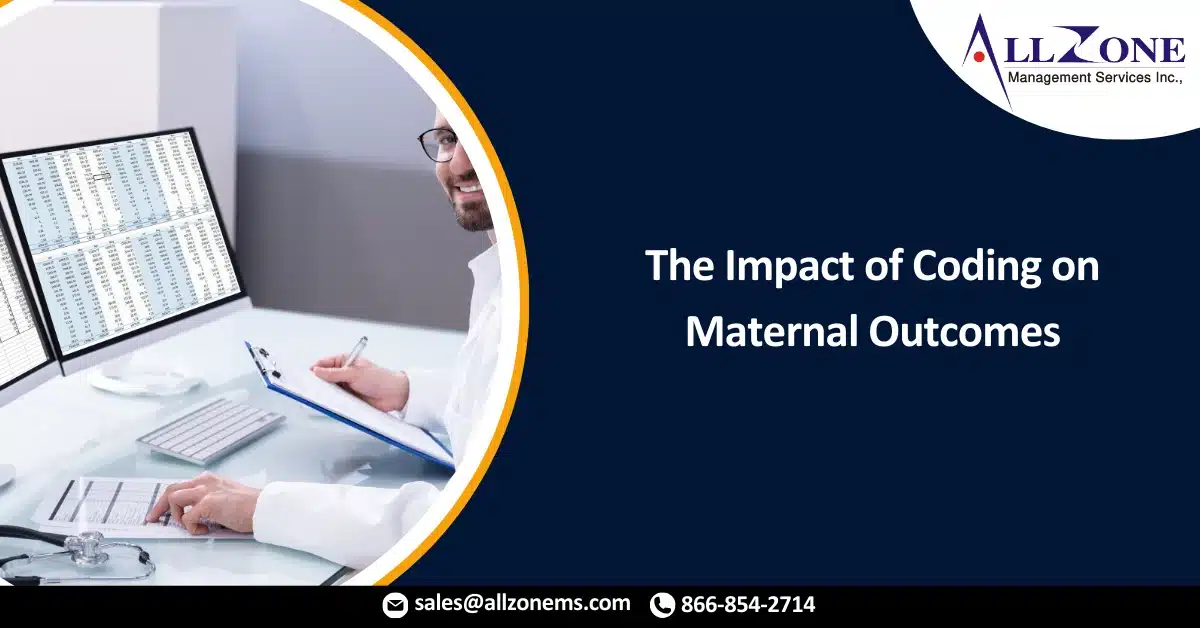While most maternal deaths are preventable, the rate has been increasing in the United States since 2000. As a matter of fact, the U.S. has twice as many maternal deaths than other high-income countries.
To reverse this trend, The Joint Commission, the Centers for Medicare & Medicaid Services (CMS), and the Agency for Healthcare Research and Quality (AHRQ) are focusing on the Centers for Disease Control and Prevention (CDC) measure of severe maternal morbidity (SMM). This measure is also a key metric used by state Perinatal Quality Collaboratives, in partnership with the Alliance for Innovation on Maternal Health (AIM), a national (U.S. Department of Health and Human Services, HHS) data-driven maternal safety and quality improvement initiative. AIM has developed national safety bundles (e.g. hemorrhage, hypertension, reducing primary Cesarean delivery) with the goal of reducing SMM and preventable maternal deaths in the U.S.
In late 2022/early 2023, The Joint Commission, together with CMS, will be introducing a risk-adjusted version of SMM (PC-07) suitable for all hospitals with maternity services. AIM hospital data is currently collected on a state-by-state basis. In some states, the local AIM initiative is coordinated by the state hospital association; in other states, multi-stakeholder quality improvement organizations have taken the lead. The quality indicators used by the AIM program are often based on ICD-10 codes; some of the AIM quality indicators are also utilized in The Joint Commission’s perinatal core measure set.
The SMM rate identifies women during the birth hospitalization that experience any of the following severe complications:
- Acute myocardial infarction
- Aneurysm
- Acute renal failure
- Adult respiratory distress syndrome
- Amniotic fluid embolism
- Cardiac arrest/ventricular fibrillation
- Conversion of cardiac rhythm
- Disseminated intravascular coagulation
- Eclampsia
- Heart failure/arrest during surgery or procedure
- Puerperal cerebrovascular disorders
- Pulmonary edema/acute heart failure
- Severe anesthesia complications
- Sepsis
- Shock
- Sickle cell disease with crisis
- Air and thrombotic embolism
- Blood products transfusion
- Hysterectomy
- Temporary tracheostomy
- Ventilation
When I learned inpatient coding in the late 1990s, the first specialty on which I trained was moms and babies. Even in the 21st century, healthcare organizations often put their newbie inpatient coders on obstetrics and newborn cases because they are “easy” – or, at least, they are generally short stays that involve a defined set of codes.
As you delve deeper into the data and quality programs, you realize that this area of coding is not so easy. In my work in the education division of Haugen Consulting Group, where I develop and present coding training, questions about obstetrics content often top my list of FAQs. I have had the privilege of working with the California Maternal Quality Care Collaborative (CMQCC) to provide coding expertise related to their program data, and in this process, I have come to learn that such coded data is inconsistently reported.
Some of the issue with obstetrics coding lies in educating coders about the importance of the data. For some coders, knowing someone is looking at those codes beyond reimbursement is exciting. I think all coders want to know that they play a role in improving the quality and efficacy of patient care. For others, this may entail bumping up training and mentoring programs for obstetrics and newborn coding to ensure that codes are being correctly and consistently applied. And finally, as with other areas of coding, clinical documentation improvement (CDI) programs play a role.
Obstetrical coding is often not the target of CDI programs, because the patient population is different from the highly regulated Medicare population, but this is an area that would benefit, particularly in the areas of obstetrical sepsis, acute kidney injury, and clotting disorders.
POA
It’s not just the codes themselves that lie at the heart of the discussion about improving maternal outcomes. The present-on-admission (POA) indicator is also an important data element that should be carefully reviewed and applied. While we typically think of POA indicators as the source of data for implementing the hospital-acquired condition (HAC) payment adjustment, it’s also a key data element for clinical experts trying to determine the impact of treatment protocols. It may seem like a small issue, but knowing whether an obstetrical condition was present on admission is valuable data for these quality programs.
The Appendix of the ICD-10-CM Official Guidelines for Coding and Reporting include specific instruction on assignment of POA indicators in the obstetrics population. This is worth reviewing if you’re rusty on assigning POA indicators for combination codes:
Obstetrical Conditions
Whether or not the patient delivers during the current hospitalization does not affect assignment of the POA indicator. The determining factor for POA assignment is whether the pregnancy complication or obstetrical condition described by the code was present at the time of admission or not.
If the pregnancy complication or obstetrical condition was present on admission (e.g., patient admitted in preterm labor), assign “Y”.
If the pregnancy complication or obstetrical condition was not present on admission (e.g., second-degree laceration during delivery, postpartum hemorrhage that occurred during current hospitalization, fetal distress develops after admission), assign “N”.
If the obstetrical code includes more than one diagnosis and any of the diagnoses identified by the code were not present on admission, assign “N”. (e.g., Category O11, Pre-existing hypertension with pre-eclampsia).
For More Information: the impact of coding on maternal outcomes

